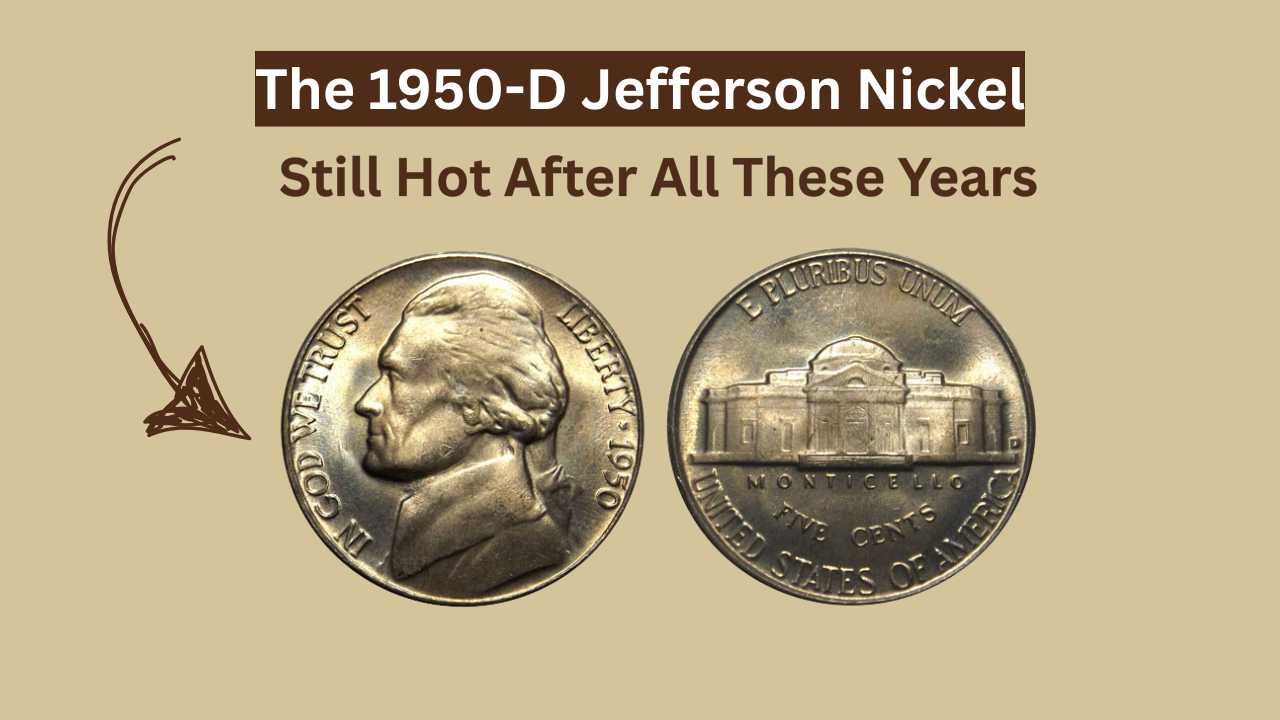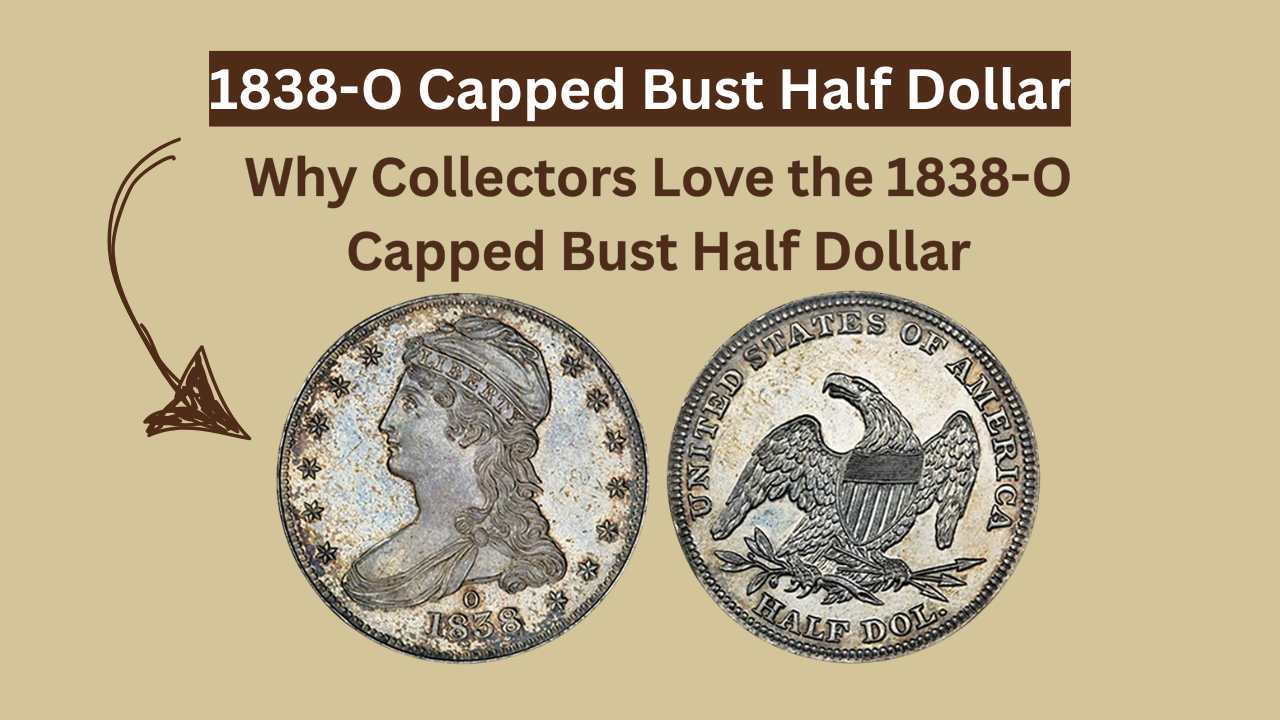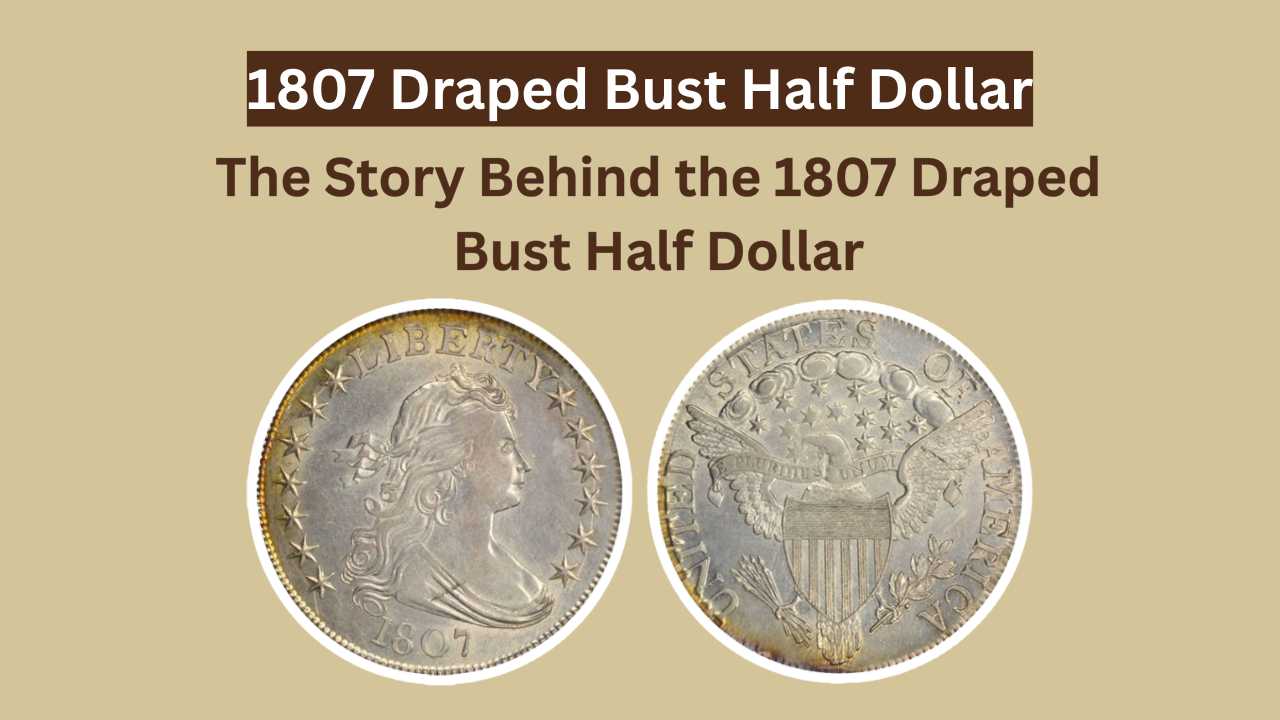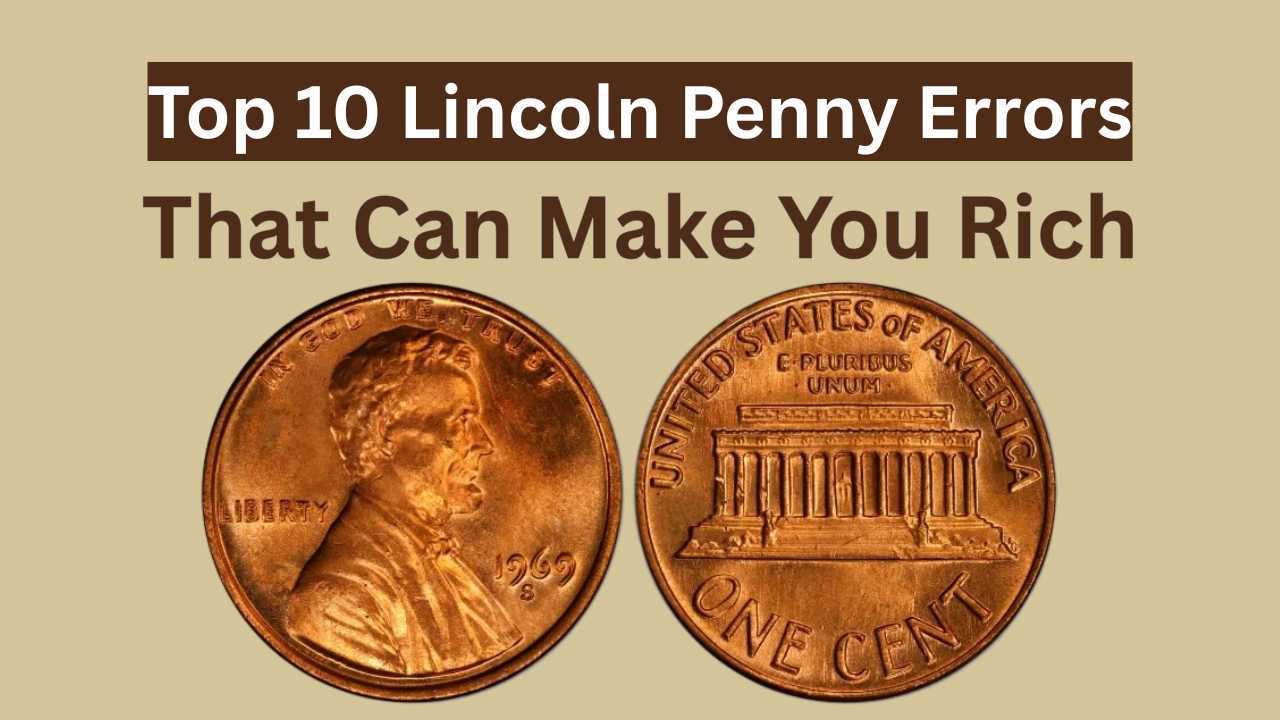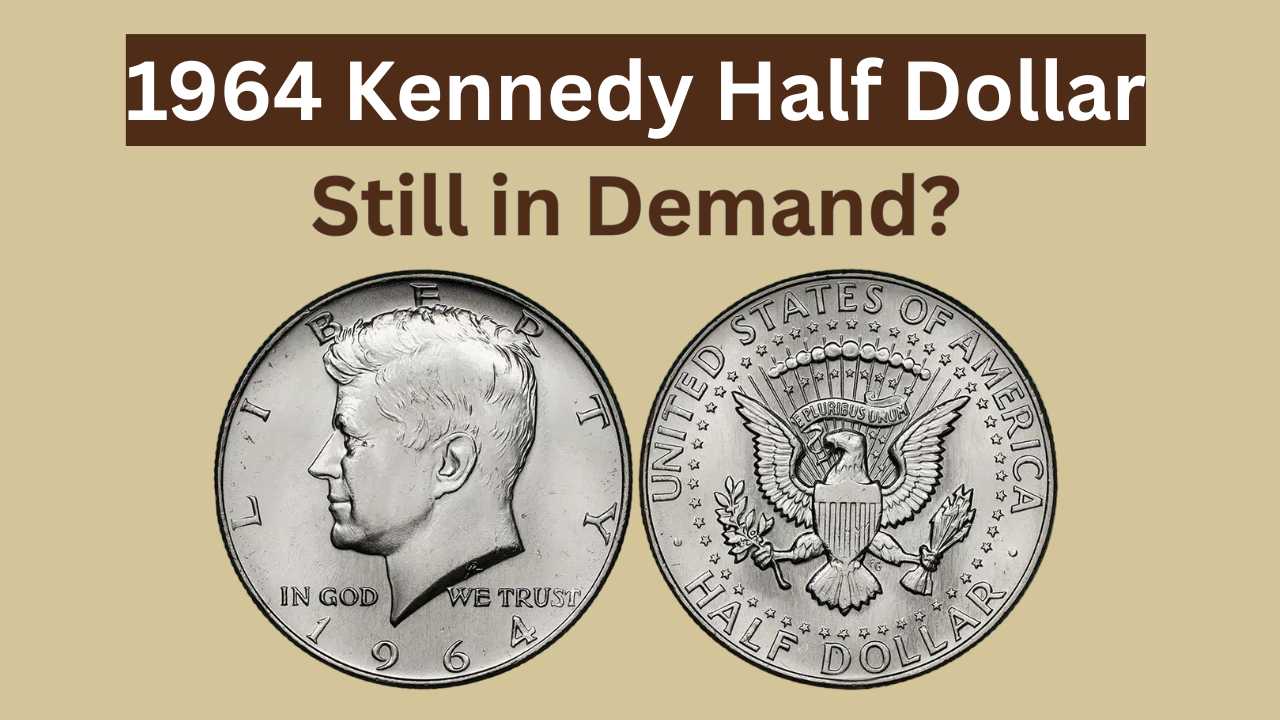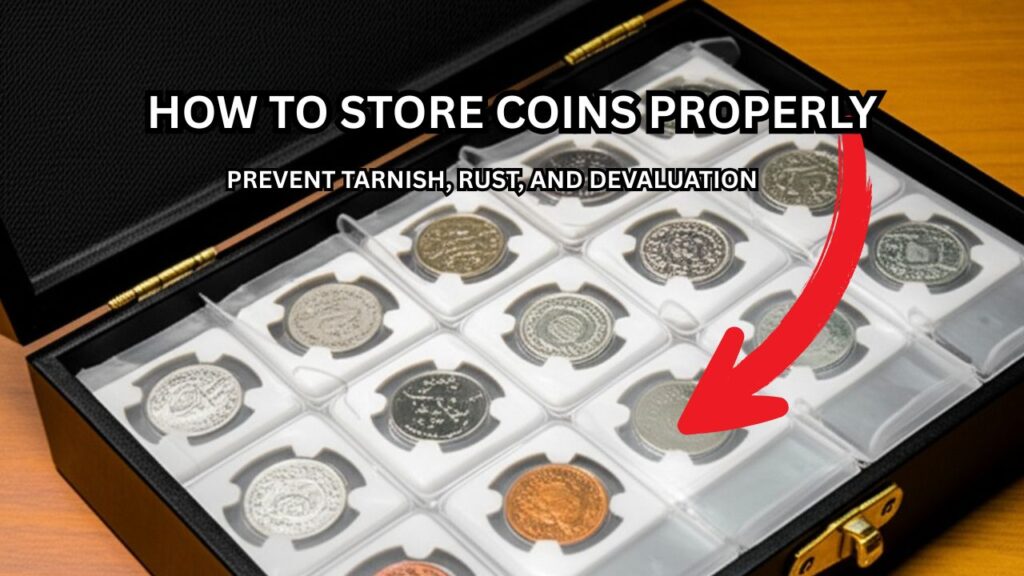
Let’s face it—you could have the most stunning rare coin in the world, but if it’s stored like pocket change, it won’t stay valuable for long. Coin collecting isn’t just about hunting for those historical or shiny beauties; it’s also about preserving their pristine condition. The real wealth of your coin collection depends as much on how you store it as what’s in it. Rust, tarnish, moisture damage, and even accidental finger smudges can quietly destroy thousands of dollars in value. In this bold guide, we’re diving deep into how to properly store your coins in 2025 and beyond—with zero fluff and maximum value.
The Enemies of Coin Value: Why Most Collections Quietly Lose Worth
Every seasoned collector knows this painful truth: most coins don’t get devalued in one dramatic event. They lose value gradually, often silently, due to poor storage conditions. Whether it’s tarnish eating away at your silver dollar, or air moisture triggering rust on your old Indian Head cent, damage is usually subtle until it’s too late. Even coins stored in basic plastic sleeves from 10 years ago may now be suffering because of outdated PVC-based materials that leach chemicals. Add in accidental scratches, environmental humidity, and exposure to skin oils, and you’ve got a slow-motion disaster. If you’re storing your coins in drawers, jars, or paper envelopes—stop right now. The goal of this article is to elevate your coin storage game to professional-grade levels.
2025-Proof Storage Methods That Actually Protect Your Coins
Let’s cut to the chase. Coin storage in 2025 isn’t just about putting your pieces in coin flips and forgetting about them. It’s about strategic protection using modern materials, air-tight environments, and smart handling. The first thing you need to know is that air—even clean, dry air—contains enough oxygen and contaminants to start corroding metal. That means proper containers like Mylar flips (not PVC), archival-quality coin holders, or even inert coin capsules are must-haves. Some collectors are even moving toward vacuum-sealed or nitrogen-flushed storage cases to preserve ultra-high-value coins. Temperature control also matters: wild temperature swings can expand and contract metal, leading to microfractures or breaking protective seals. A safe, stable storage room—ideally below 75°F with 40-50% humidity—is the sweet spot.
Table: Coin Storage Materials Breakdown
| Storage Type | Pros | Cons |
|---|---|---|
| PVC Coin Flips | Cheap, common | Can leach chemicals, damages coins |
| Mylar Coin Flips | Archival safe, easy to store | Can tear if handled roughly |
| Coin Capsules | Airtight, best for high-value coins | Costlier, less flexible for large volumes |
| Coin Albums (Acid-Free) | Good for display, safe if archival-grade | Some exposure to air possible |
| Vacuum Seal Bags | Max protection from air/moisture | Expensive, needs equipment |
| Silica Gel + Storage Boxes | Great for managing moisture | Needs regular checking/replacement |
Avoid the #1 Mistake: Bare-Handed Handling
If you’ve ever picked up a coin with your bare fingers—congratulations, you’ve likely already reduced its grade without realizing it. Human skin naturally produces oils that, when transferred to metal, begin to corrode it. That means every touch is a tiny attack. Always use cotton gloves or soft plastic tweezers when handling collectible coins, especially proofs or uncirculated ones. It may feel excessive, but this single habit separates amateur handlers from serious collectors. Even one accidental thumbprint can cost you hundreds if not thousands in resale value.
How to Store Silver, Gold, and Copper Coins Differently
Not all coins are created equal, and neither is their vulnerability to environmental threats. Silver coins tarnish fast when exposed to sulfur and moisture—which are found even in regular air. Gold is more inert but still prone to dings and abrasion if improperly stored. Copper, on the other hand, is extremely reactive and will darken or corrode quickly without oxygen barriers. That means the smarter your storage system is, the more you preserve each type’s distinct beauty and investment value. For silver, anti-tarnish strips and capsules are essential. For gold, hard plastic capsules with foam inserts provide ideal safety. And copper? Seal it up airtight, add silica gel packs, and avoid any material that isn’t proven archival-safe.
The Smart Collector’s Storage Checklist for 2025
So what does a 2025-level coin storage setup look like? Start with a climate-controlled room or dedicated safe. Add acid-free coin holders or certified slabs. Toss in silica gel packs (and check them regularly). Store coins vertically, never stacking them, to avoid abrasion. Use tamper-proof cases for ultra-rare items. And always, always document your collection digitally—with photos, grades, and storage location notes. A disaster or theft is devastating enough without losing the knowledge of what you actually owned.
Preserve the Beauty, Protect the Value
In the end, storing coins properly isn’t just about preservation—it’s about protecting your legacy. Coins are historical artifacts, financial assets, and passion projects rolled into one. Whether you’re collecting for investment, enjoyment, or inheritance, your responsibility is to maintain their integrity. The good news? With the right tools, a little effort, and the insights in this guide, you can protect your collection from every enemy that tries to dull its shine. Because in the world of coin collecting, value isn’t just minted—it’s maintained.


